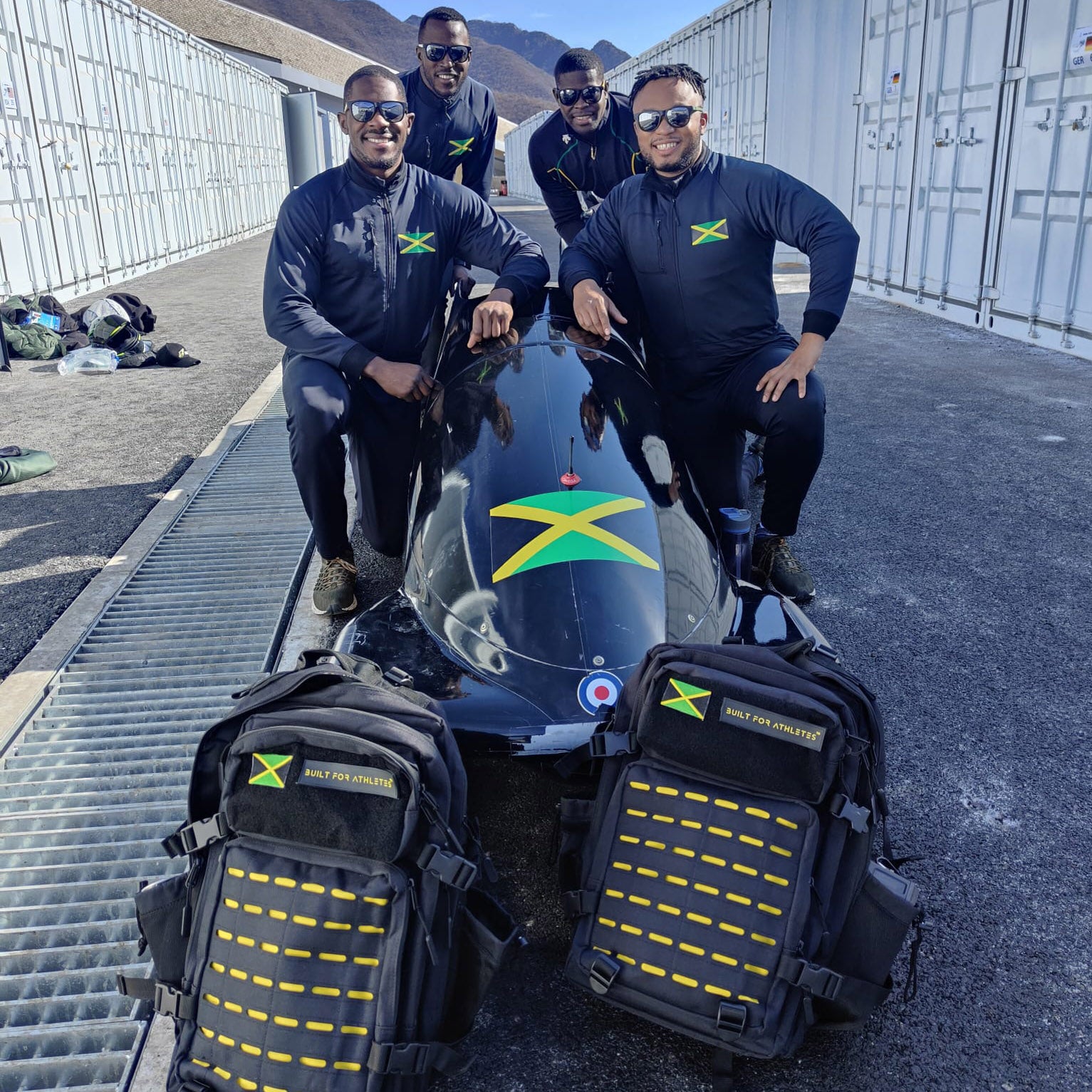Bobsledders are only seen in the mainstream once every four years, but the Olympic athletes at the centre of the sport train hard day in and day out.
There are three elements teams focus on in order to be successful. The start, the drive and the equipment they use.
The start requires a team of powerful and explosive athletes in order to get enough speed to get to the bottom of the course first.
Here, Built for Athletes takes a look at the key elements involved in training for bobsleigh.
Heavy Weights
A sled weighs around 200kg, so you need serious leg strength to get up to speed at the start.
This means athletes spend a lot of time in the gym doing Olympic lifts. Some male teams even require athletes to be capable of squatting 200kg as an entry standard.
Plenty of work is also done on core and upper-body strength too, so a big part of bobsled training is quite similar to the routine of a bodybuilder.
Explosive Speed
Sprinting and bobsledding go hand-in-hand. The sled will sometimes get up to a speed of around 30mph by the time the athletes load into it, so you need to be quick enough to keep up.
Elite bobsledders should be able to run under 11 seconds for 100m, so they do a lot of work on the track as well as doing sled pushes in the gym.
Lot’s of short, sharp repetitions of between 15 and 30 metres are employed, as well as hill sprints on steep inclines.
Conditioning
Conditioning is another key for bobsledders because there’s a limit for the combined weight of a team.
This creates a difficult dilemma, because athletes need to be strong and quick enough to compete, but also come under the weight limit.
Therefore the athletes have to be disciplined to make sure they hit their target weight and don’t let their teammates down.


Share:
Try This Fun & Brutal Full-Body Kettlebell Workout
4 Ways To Keep Your Fitness While Injured